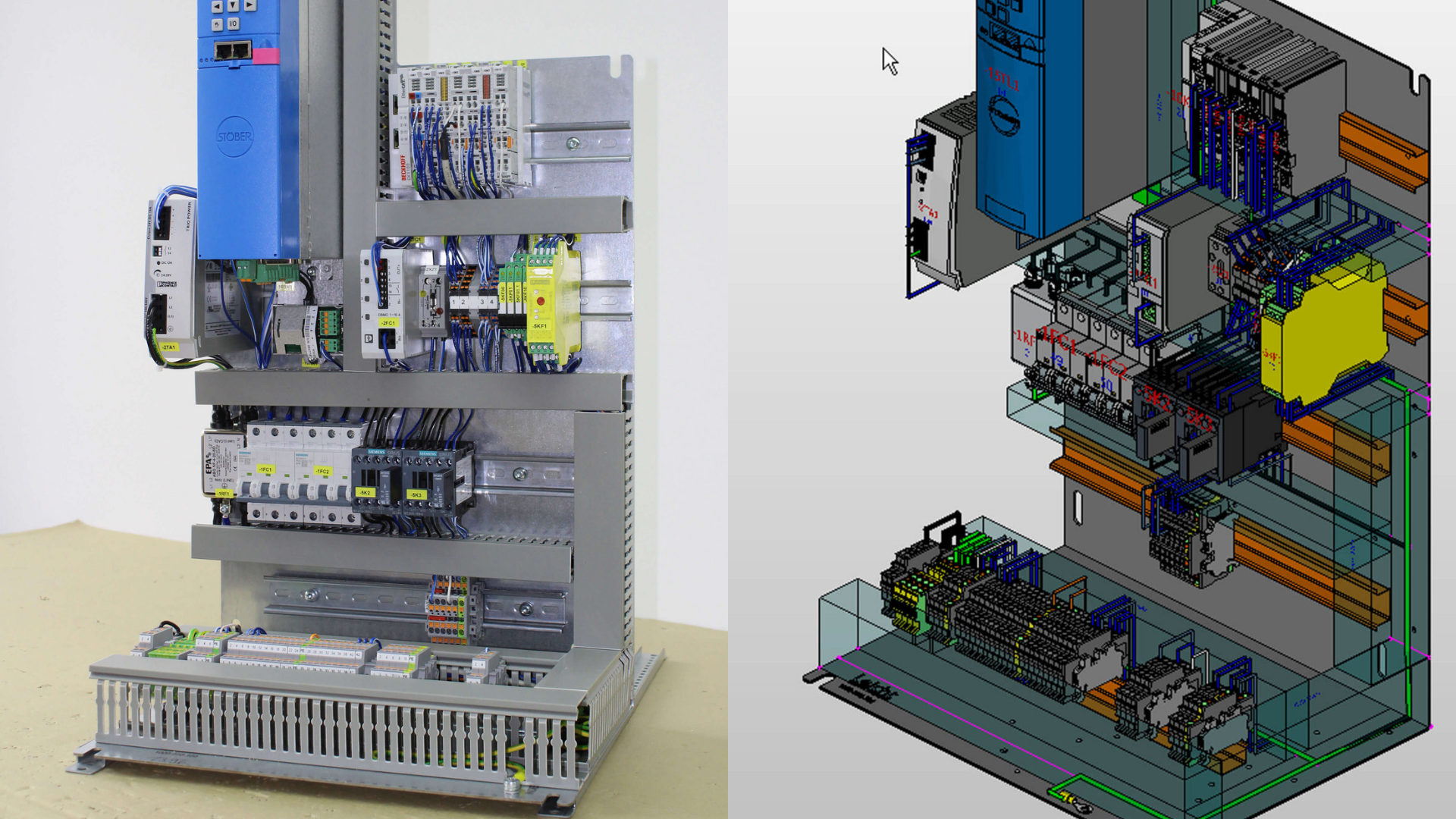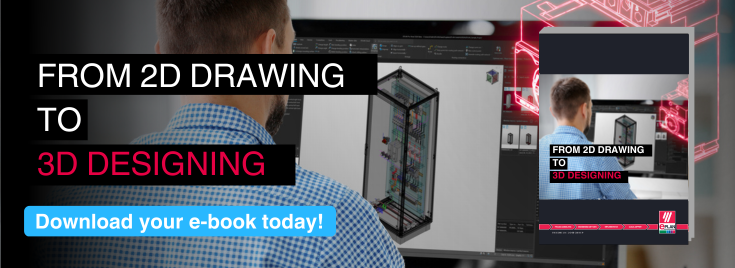Author
 Andrew Mutch
Having previously worked as an aircraft technician with HM Forces, Andy is one of our Professional Services Consultants and has been with EPLAN for 10 years. Part of Andy's role is to actively analyse customers processes, develop solution concepts and workflows for customer requirements. Andy is also our resident Harness expert!
Mutch.a@eplan.co.uk
Andrew Mutch auf LinkedIn
Andrew Mutch
Having previously worked as an aircraft technician with HM Forces, Andy is one of our Professional Services Consultants and has been with EPLAN for 10 years. Part of Andy's role is to actively analyse customers processes, develop solution concepts and workflows for customer requirements. Andy is also our resident Harness expert!
Mutch.a@eplan.co.uk
Andrew Mutch auf LinkedIn
Revolutionising Engineering: The Benefits of Digital Twin Technology
Digital twin engineering allows designers to foresee flaws, faults, and shortcomings in electrical systems before any physical production has begun. It's quicker, less costly and has fewer risks than building physical prototypes. The digital twin is capable of mirroring performance characteristics across the whole scope of system and component lifecycles and can be reconfigured with ease. Let's look more closely at three of these key benefits of digital twin technology: improved design, efficiency, and reliability.
Improved design
The development of electrical systems and components is typically an iterative process, and it is usually difficult to foresee fully how products will perform in different operating environments and how they will interact with other devices. An object typically has to function in dynamic contexts, which can have complex effects over the full lifecycle of a system. All of this means that designs are usually revisited before a full solution is decided, and even then, the costs of several rounds of prototyping may make design improvement unfeasible. Digital twin technologies allow designers to model a much wider scope of variables in advance, allowing more refinement.
A digital twin can replace a prototype. Once up and running, the twin can receive real-time updates to operating parameters and interactions. This allows it to function as a virtual prototype but without the risks and costs associated with physical instances. The results of this modelling can help to iron out potential flaws or suboptimal performance issues at an early stage, leading to more robust and well-adapted designs.
Improved efficiency
Once physical components or systems are developed, they can be awkward and time-consuming to change. Without early-stage modelling, it can be hard to predict performance problems in electrical systems operating in real-world environments. Physical prototypes can help to reveal functional shortcomings of proposed systems and products, but these are often costly to produce, and their inflexibility may lead to repeated iterations of the prototype stage of product development.
Digital twin engineering provides a quicker and more adaptable solution to efficiency concerns. Because they operate virtually, changes to representations of the physical structure, functions and configurations can be made easily and in real-time. This allows a much broader range of options to be explored before production commences and facilitates collaboration between different departments working on the project.
Increased reliability
Electrical systems are not static - their functionality must be considered across the whole product lifetime, which includes changes to operating environments, wear-and-tear, and maintenance cycles. Such dynamism is not always visible at design time, with reliability flaws becoming a major issue further down the line.
Digital twins allow the use of several sources of data to help improve reliability. Past data from existing systems and processes, as well as real-time data from equipment sensors and system outputs, can help to identify service requirements. For example, digital twin software is used to detect airflow gaps in electrical enclosures, which are important for product longevity.
Download our free guide
For more information about the role that digital twins play within modern ECAD applications, please download our free guide From 2D Drawing to 3D Designing.
*https://www.sciencedirect.com/science/article/pii/S2351978917304067




Comments